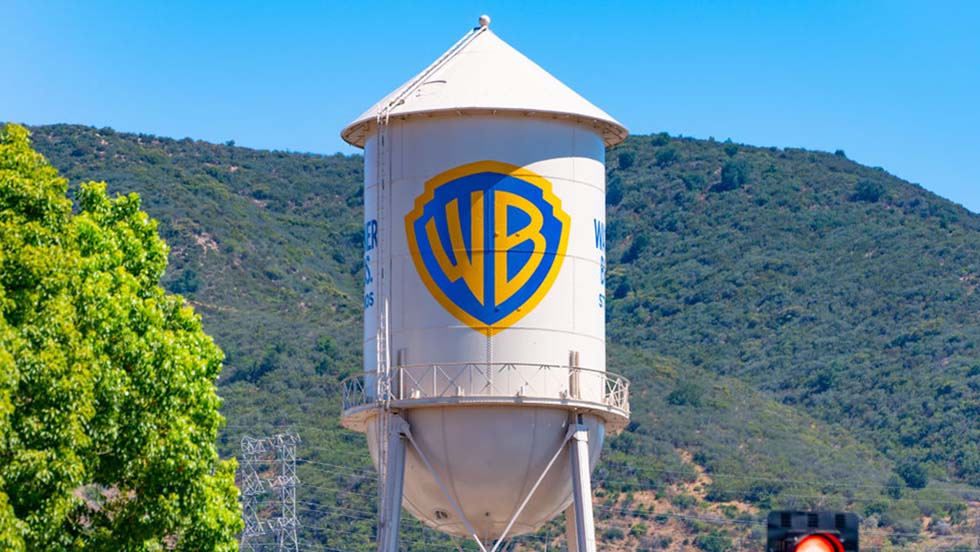
Warner Bros. Discovery cut its red ink in the second quarter as it lost direct-to-consumer subscribers but nearly broke even in streaming.
Revenue fell, but the company achieved some of CEO David Zaslav’s other financial priorities, including debt reduction and cash-flow generation.
WBD also raised its target for company-side cost savings to more than $5 billion.
The company’s second-quarter net loss was $1.2 billion, or 51 cents a share, including nearly $2 billion in write offs. That compares to a loss of $3.4 billion, or $1.50 a share a year ago
Adjusted EBITDA was $2.149 billion, up 23% from a year ago.
Revenues dropped 4% to $10.4 billion.
Net income and revenue fell short of Wall Street estimates, but the company beat expectations with its EBITDA and free cash flow.
The company said it lost 1.8 million global DTC subscribers from the end of Q1, finishing Q2 with 95.8 million subscribers.
Domestic subscribers to newly rebranded Max and Discovery Plus fell to 54 million from 55.3 million at the end of the first quarter. But the average revenue generated by those subs rose to $11.09 from $10.82.
Media companies have been shifting their strategy from pursuing subscribers to attempting to generate profits.
For WBD, the second-quarter bottom line was it cut its direct-to consumer red ink to $3 million from a $518 million loss a year ago. Distribution revenue rose 1% to $2.2 billion and advertising revenue rose 25% to $121 million.
EBITDA at the company’s networks segment fell 8% to $2.2 billion.
Revenue fell 6% to $5.8 billion. Distribution revenue fell 2% to $2.9 billion and advertising revenues dropped 13% to $2.4 billion
Earnings for the company’s Studio business fell 25% to $306 million, with the company making fewer shows for The CW and fewer series for its own platforms.
WBD said it repaid $1.6 billion of debt during Q2 and ended the quarter with $3.1 billion of cash on hand, $47.8 billion of gross debt and 4.6 times net leverage.
“The important work we are doing to transform our businesses for the future continues to drive our strong financial performance as demonstrated by meaningful improvements to our balance sheet and our now increased synergy target of more than $5 billion,” Zaslav said.
He noted that the company reported more than $1.7 billion in free cash flow, cut its debt ratios and expects to hit its debt targets buy the end of 2024.
“All of [this] positions us well to lean into growth opportunities that will ultimately drive shareholder value, to include our Direct-to-Consumer business, which, in the wake of the successful launch of Max in the U.S., is tracking well ahead of our financial projections, having generated positive EBITDA in the first half of the year,” Zaslav said.







